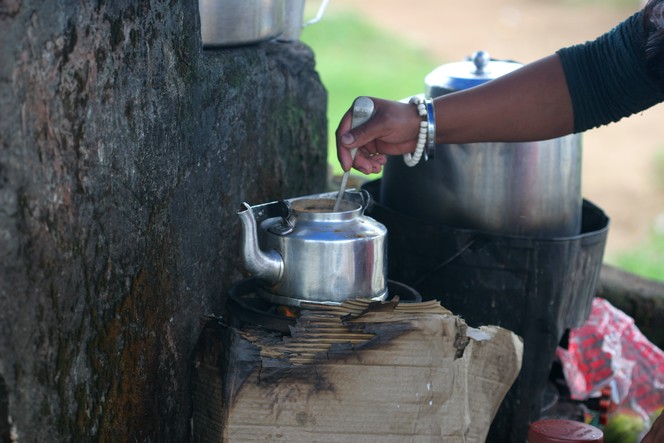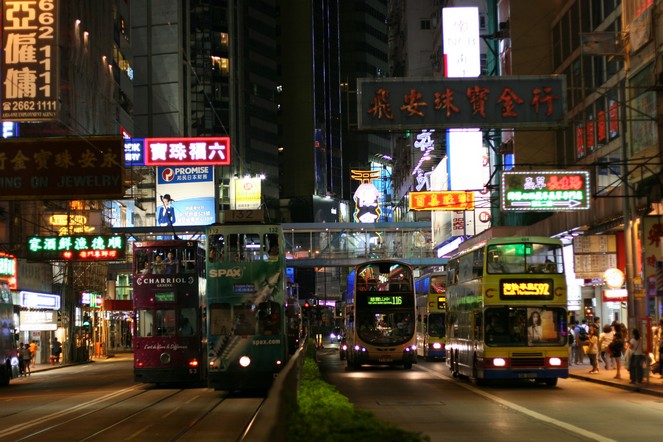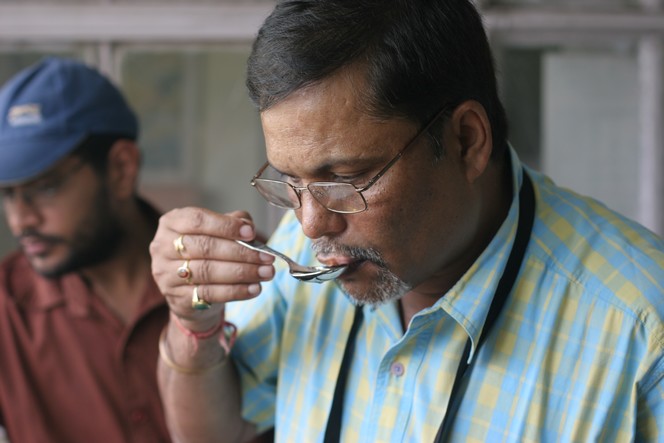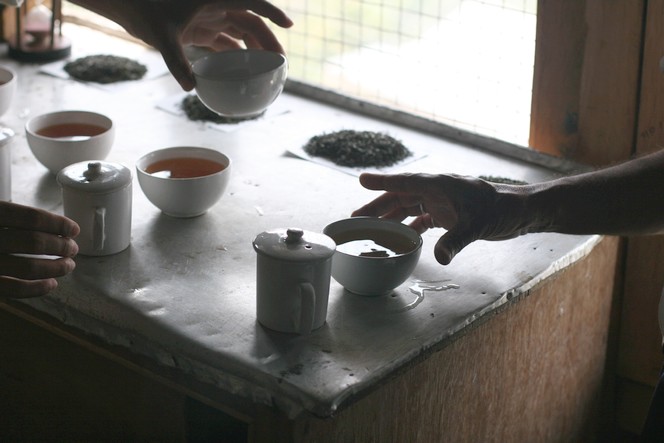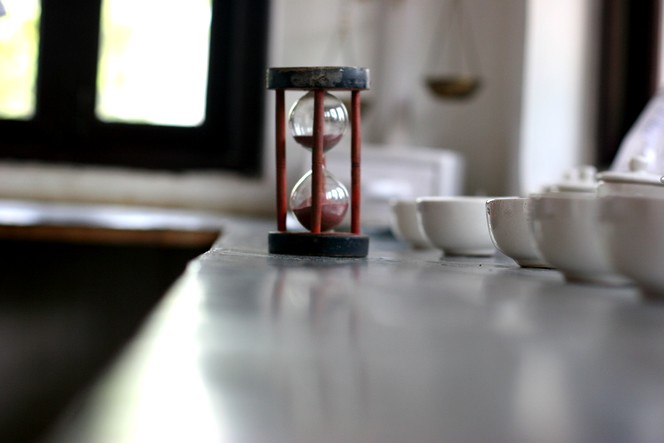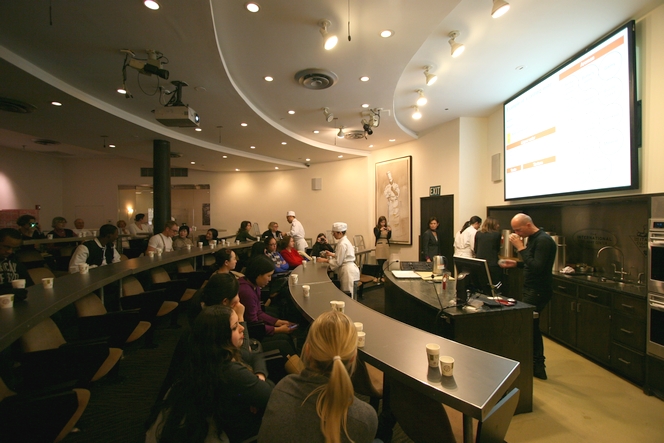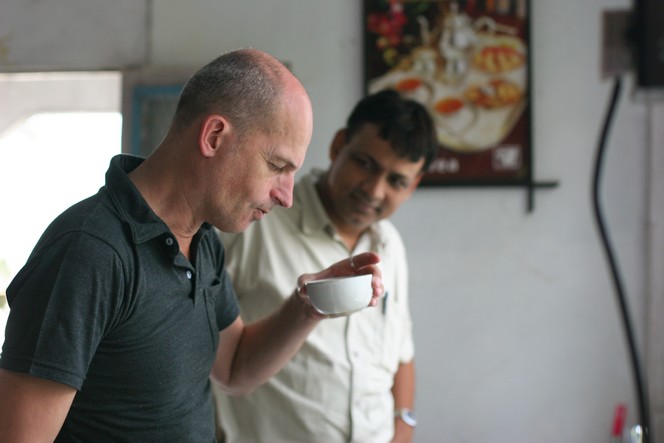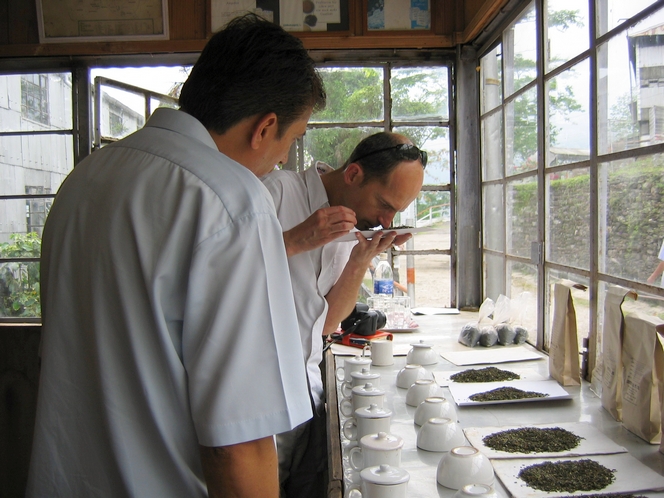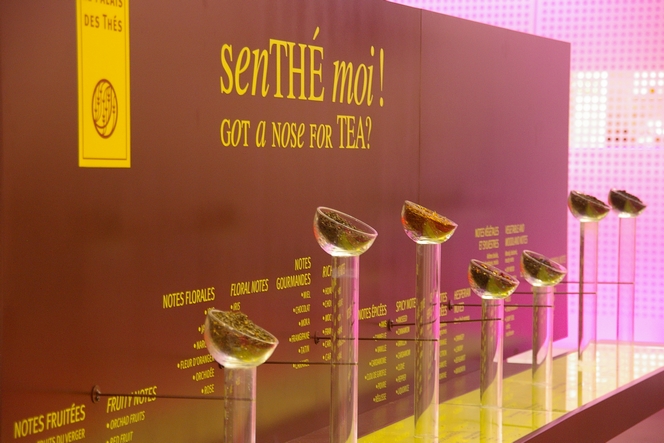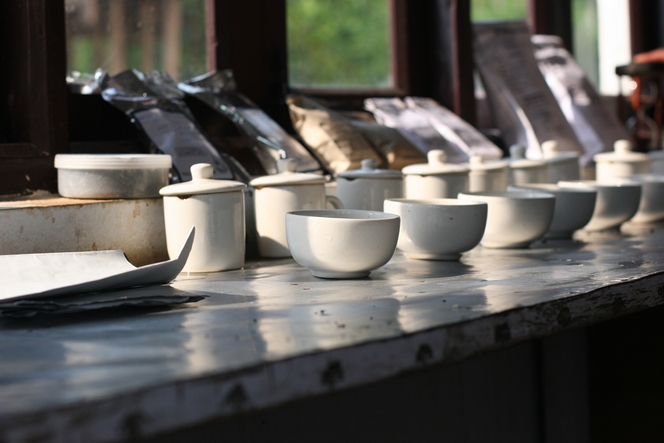With the cold you are battling in France at the moment, you need to keep warm. Always have to hand a kettle filled with fresh water. A singing kettle, for example, whose song warms the soul and lifts the spirits.
A song calling you for tea.
Everywhere in India you see tea vendors in the streets and on the roadsides. With a kettle purring over what are sometimes simple wood fires, they are always busy. On the roads of the Himalayas, they might set up stall on the corner of a rock. You squat down next to the vendor and take your time sipping the scalding blend of tea, milk and spices. You simply take time to do yourself some good.

